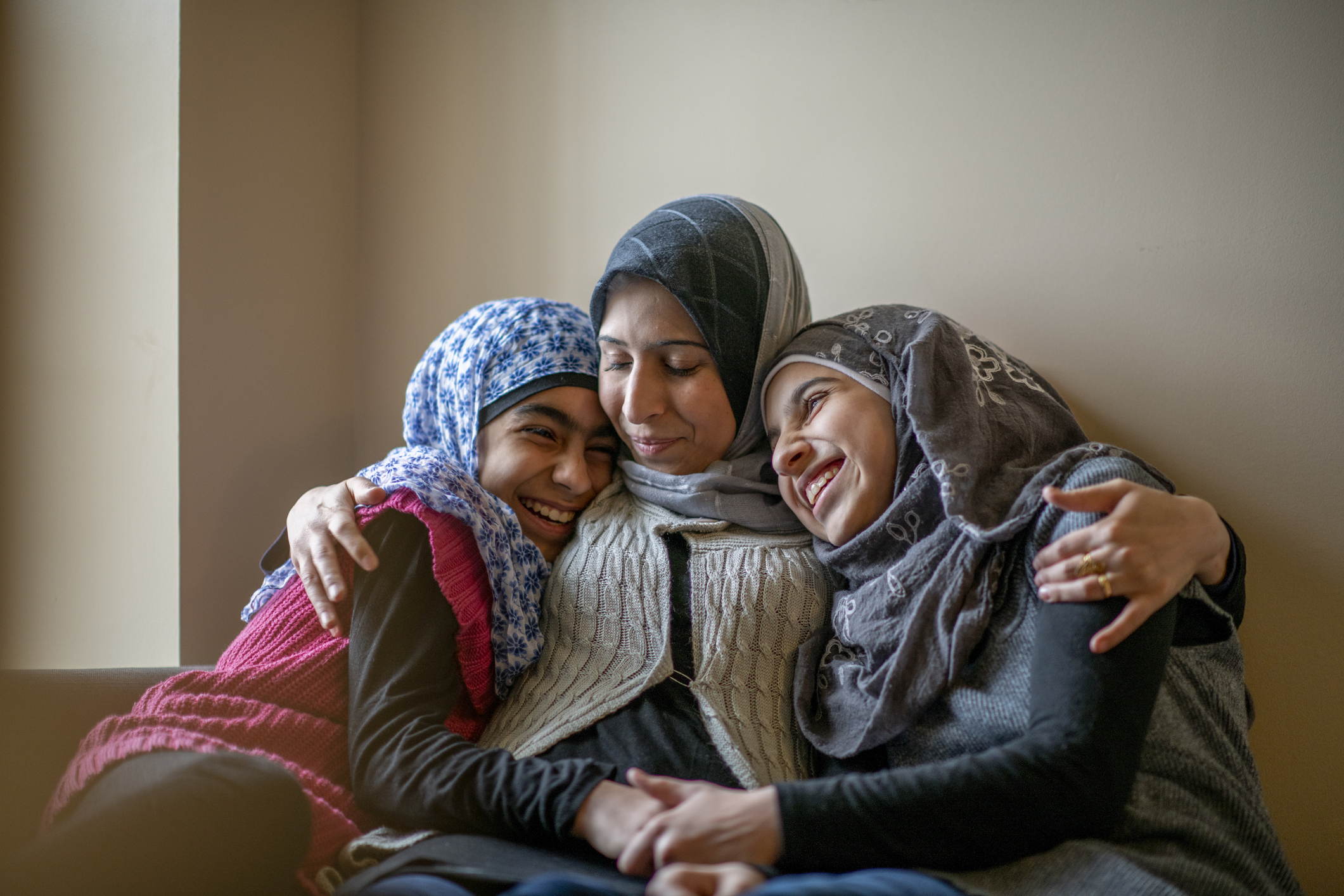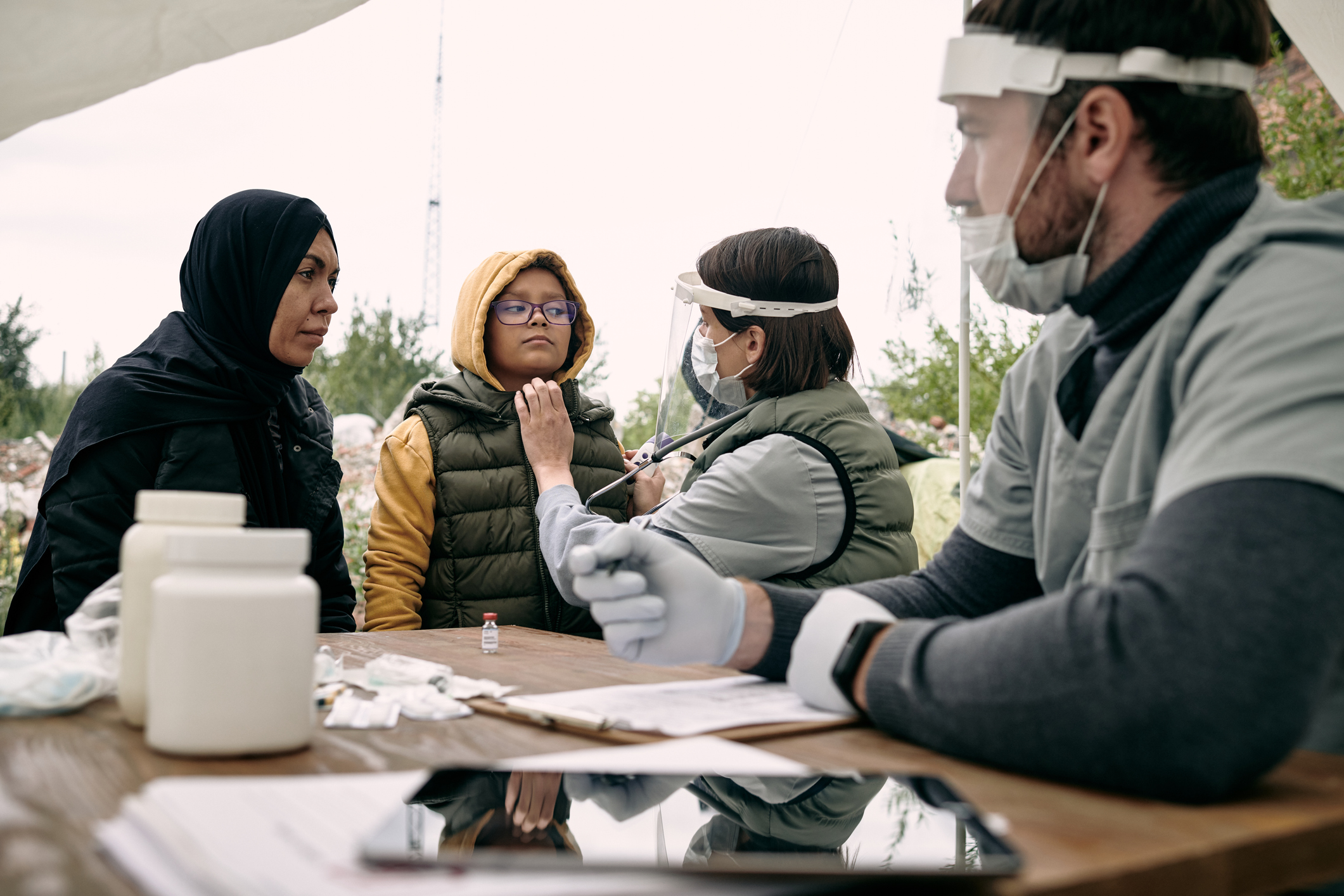120M Women and Girls Are Migrants. Meeting Their Health Needs Would Shape More Inclusive Health Systems.
December 12, 2022
Focus Areas
Capabilities
Regions
Latin America & the Caribbean
Middle East & North Africa
South & Central Asia
Sub-Saharan Africa


